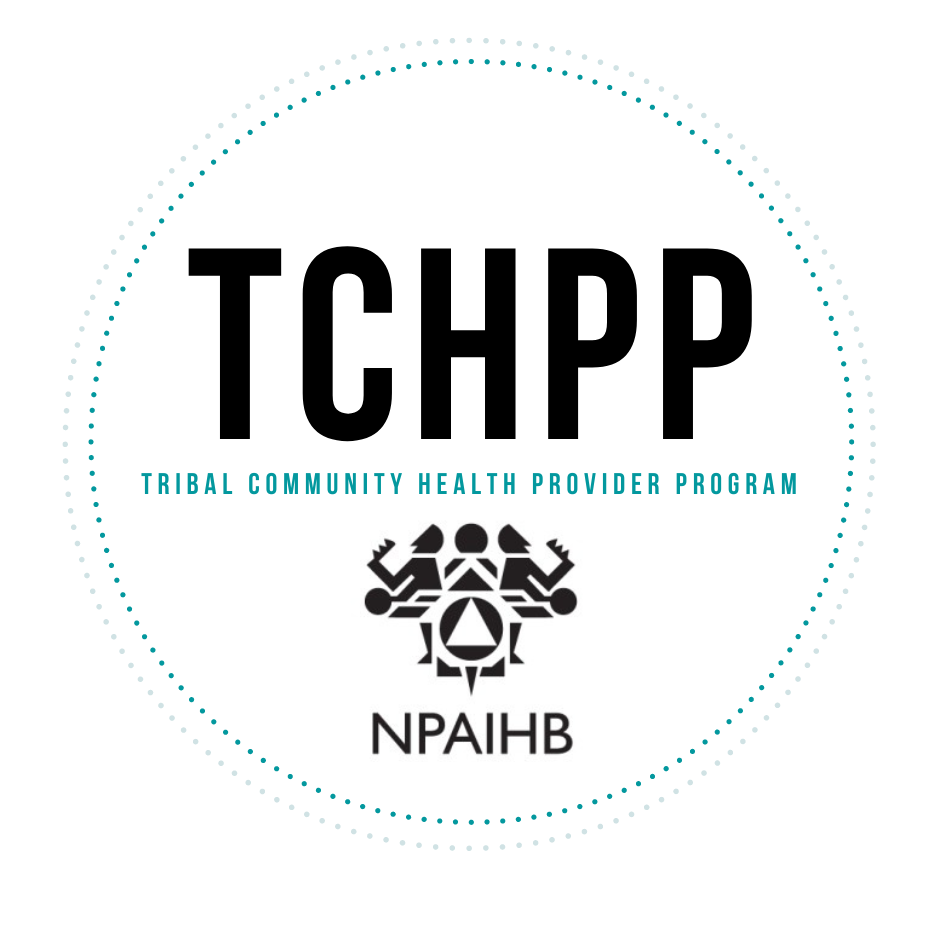Oral health suffers during COVID-19, and beyond. Let’s learn from Washington tribes
BY MIRANDA E. DAVIS
February 7, 2021 12:00 PM
https://amp.thenewstribune.com/opinion/op-ed/article249044255.html?__twitter_impression=true
As a dentist, I have seen far too many kids and adults experiencing dental pain and struggling to find the care they need.
In Washington state alone, 37 out of our 39 counties have too few dental professionals to meet local needs. And even fewer people are getting the oral health care they need now as a result of COVID-19.
While I am often overwhelmed by the need for more affordable dental care, I have hope. There is a solution that allows clinics to improve their efficiency, employ more care providers and provide more care both within the clinic and the community, all in a cost-effective manner.
And that solution is already working for tribal clinics in Washington.
Dental therapists are care providers in dentistry who are often compared to physician assistants in medicine. They can provide many basic services that are most commonly needed, such as check-ups and fillings and non-complicated extractions, freeing up dentists to do the more complex work.
These therapists have proven to be safe and effective care providers in more than 50 countries and are already authorized to practice in 12 states in the US.
In Washington state, dental therapists have been working in tribal clinics since 2016. Six Tribes in Washington state currently employ a total of eight dental therapists.
They are providing much-needed care, even as the pandemic has complicated clinic operations. But our state has not yet authorized dental therapists to work outside tribal lands.
This session, our state lawmakers have an opportunity to change that. Right now, they are considering Senate Bill 5142, a measure to authorize dental therapists to practice statewide and increase health care access for Washington kids and families.
Clinics with dental therapists can provide more services, helping people get the care they need. This is critical to expanding access to care where it’s most out of reach – rural, low-income communities and communities of color – and to patients who have coverage through Apple Health or are uninsured.
A 2020 study conducted by the Center for Health Workforce Studies at the University of Albany School of Public Health in New York found that dental clinics in Minnesota employing dental therapists saw more patients, provided more services and increased revenues.
Communities with dental therapists are healthier. Washington’s own Donald Chi, DDS, PhD, a board-certified pediatric dentist, health services researcher and associate professor of oral health sciences at the University of Washington School of Dentistry, published a persuasive study three years ago.
It proved dental therapists significantly improved the oral health of Alaska Native children in the communities they serve, resulting in lower rates of tooth extractions and better preventive care.
The Commission on Dental Accreditation, which accredits all dental education programs in the US, has officially recognized dental therapy as a profession since 2015 and has granted accreditation to the Alaska dental therapy education program.
Colleges in Washington state are eager to create their own dental therapy education programs as well.
Dental therapy has broad support from dentists, dental hygienists, oral health and public health associations, consumer advocates, children’s groups, senior groups, tribes and tribal organizations and educational institutions, among many others.
Only one group opposes them: the Washington State Dental Association. I urge legislators to pass SB 5142, allowing Washingtonians the option to access more quality oral health care.
Miranda E. Davis has been a dentist with the Puyallup Tribal Health Authority since 2006. She is also the native dental therapy initiative director for the Northwest Portland Area Indian Health Board.
Dr. Vince Kokich and orthodontic assistant Jill Jordan of Smart Orthodontic in Tacoma share the measures they have added to ensure dental patient and staff safety. BY TONY OVERMAN. Watch Video Here.
